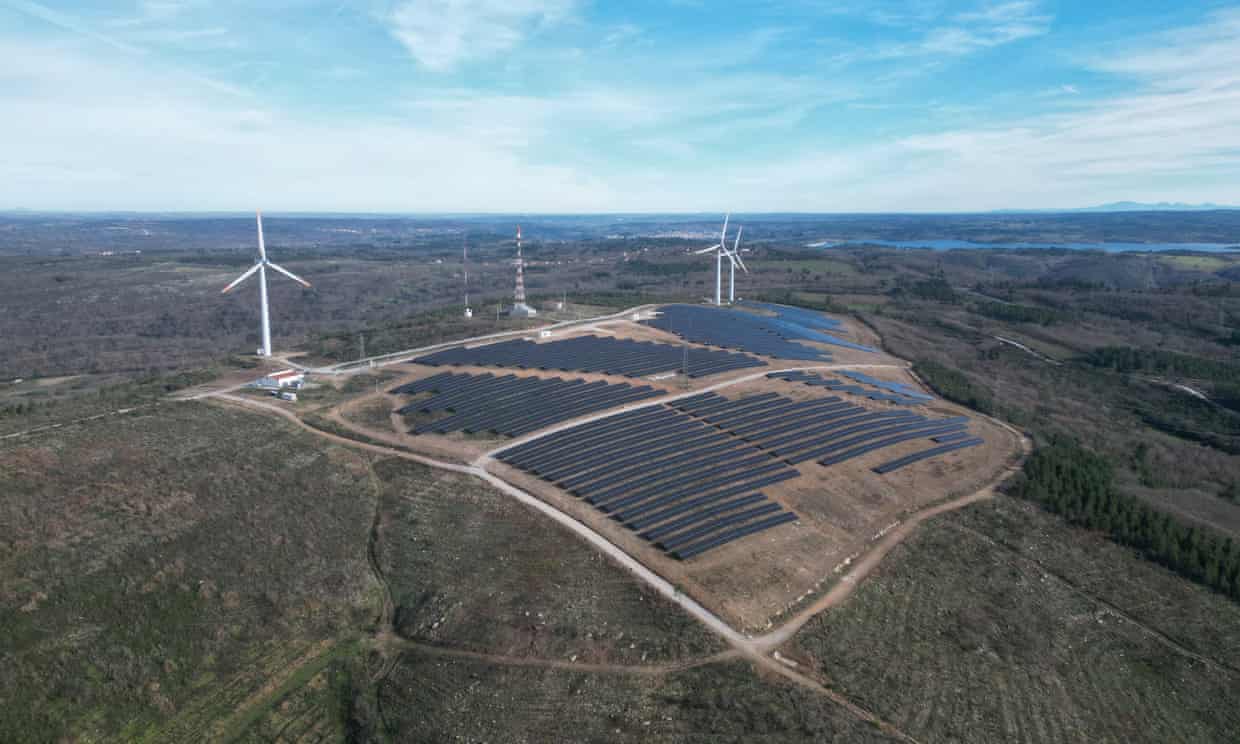Angst
Rambling and inconsistent
in the op, you wroteI don't understand this at all.
I can see a grid alternate between 22% -> 55% renewable energy one day, then 26% -> 48% the next day and ponder what that will look like when even more wind and solar get added.
Negative prices, exploding prices, the demand and supply of electricity have to match at all times.

Open Electricity: An Open Platform for National Electricity Market Data
An Open Platform for National Electricity Market Dataopennem.org.au
I thought that solar + wind power can't go above 20% of an interconnected power grid without disaster.
to prove this, you listed
Let's see where we were in 2020 since that is good data.
Europe-27 - Solar+Wind 19%
(All the countries connect together into effectively one power grid with various levels of connectivity)
EU Power Sector 2020 | Electricity Trends | Ember (ember-climate.org)
USA - Solar+Wind 11.6%
(All the lower 48 states, except Texas, connect together into an eastern and western power grid)
(*I can't figure out how to pull Texas out of that 11.6%. The real number should be a bit lower than 11.6% for the lower 48 states)
Renewables = 20.6% of US Electricity in 2020 - CleanTechnica
Texas - Solar+Wind 25%
Graphic Shows What Percentage of Texas' Energy Is Renewable (newsweek.com)
Australia - Solar+Wind 18%
Electricity generation | energy.gov.au
which is just the current state of the grid, it does not display what capacity is possible, but what capacity countries have decided to go for
i refer back to my punching comparison
or i could rephrase the punch: i think that me, angst, cannot post more than 14,538 posts without dying. seeing that i've posted 14,538, and i'm not dead, this proves that if i post another post, i will be dead, and that this is the possible # of posts i can make
see the problem?
(and as is probable, my current post count will probably change after i posted this, as the grid also does; change. point is that simply listing the current percentage of power sources doesn't do anything much but list the current percentage of power sources)

 )
)